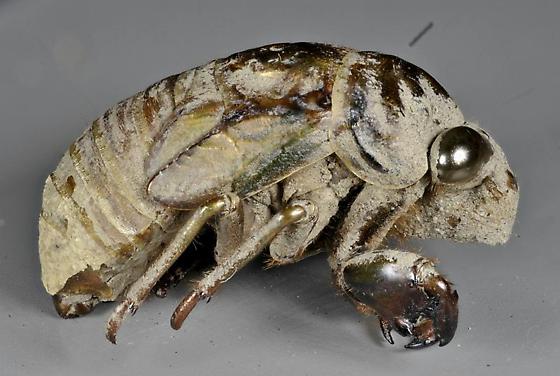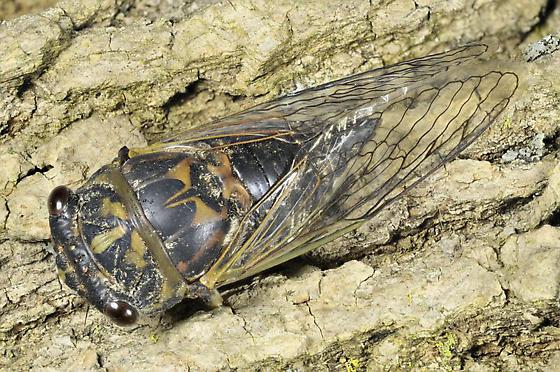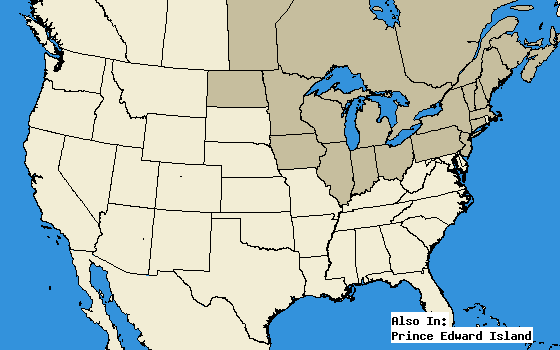
Habitat
The Tibicen canicularis mostly occupies the Northern United States of America and Southern Canada while remaining to the east of the Rocky Mountains (BugGuide, 2013). The habitat they live in includes mixed or deciduous woods (BugGuide, 2013). Wooded areas are best suited for cicadas because the trees are a good source of food as well as a good vantage point for the adults to sing. This is why this species of cicada is the most abundant of any other species in Wisconsin because of the ideal conditions presented here.
The cicada has two major developmental stages, nymph and adult, in which they inhabit very different areas of these forests. The nymph cicada lives under ground for several years, ranging from 13-17 years. While underground they will stay close to tree roots because they suck on the these roots for the sap which they use as their main food source (Jackman and Drees, 1998). Once late summer arrives the nymphs will emerge from the ground and climb the trunks of trees to begin to hatch into adult cicadas. The newly-emerged adults are generally found closer to the forest floor clinging to tree trunks to allow their wings to fully develop and dry. Mature adult cicadas on the other hand will normally be found in the high treetops of the forest singing their loud buzzing songs and sucking juices from the tender twigs that have grown throughout the spring and summer (Jackman and Drees, 1998).
Below illustrates a very general idea of where in North America the Tibicen canicularis actually lives. As seen here, it again congregates in the Northern U.S., Southern Canada, and east of the Rocky Mountains Range.
Click here to read about the
cicada's form and function!
Or
Go back to Home


